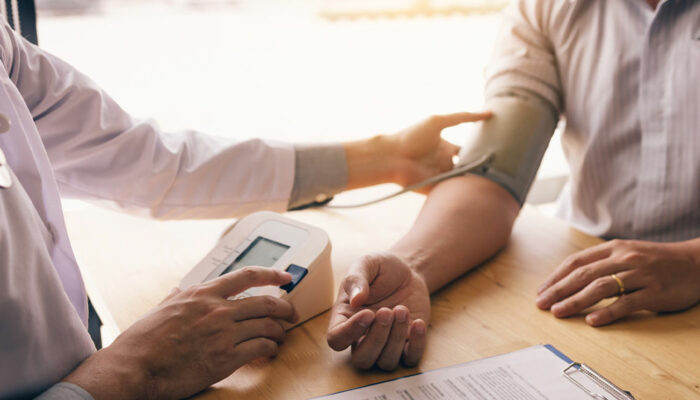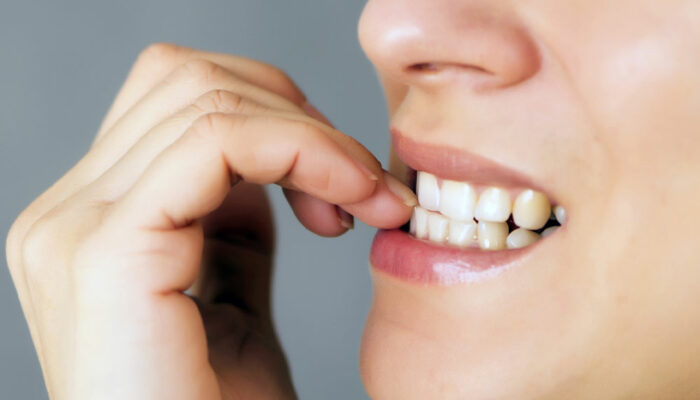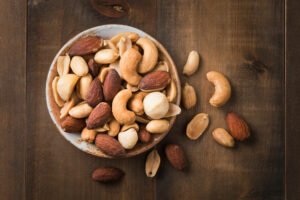
Health issues caused by excessive water intake
It’s important to stay hydrated for good health, but drinking too much water can also cause problems. Overhydration occurs when there’s excess water in the body, leading to complications with various organs. It is crucial to know the importance of drinking enough water and the issues that can arise when one drinks too much water. Read on to learn about health issues one may experience as a result of overhydration. Hyponatremia This is a condition in which the sodium levels in the body are below the normal amount. The normal levels are 135 to 145 milliequivalents/liter, but the levels drop below 135 in hyponatremia. One of the reasons why this condition is caused is due to too much water or fluids in the body. This excess hydration can “water down” the sodium in the body leading to complications. Some of the symptoms of this illness can include vomiting, nausea, low blood pressure, loss of energy, seizures or coma, muscle weakness or twitching, cramps, restlessness, bad temper, headache, fatigue, and confusion. Water poisoning This may sound unusual, but it is something that happens when one drinks water in excess. One can experience water poisoning, intoxication, or even damage to brain function due to excess water in the body.
Read More 











